What is the Internet of the senses and why we will all use it by the end of this decade.
In the world of high technology, time moves very quickly. Twenty years ago, not all of us were convinced of the urgent need to carry a mobile phone with us. Communication was expensive and disappeared in underground passages. A decade ago, everyone already had mobile phones, but smartphones still seemed like an optional luxury. You can check your email at work too, right?
Today, many are asking if 5G is just a hyped marketing ploy to siphon money out of consumers again. After all, at current 4G speeds, you can easily watch a movie in Full HD from a streaming service right on the street.
We decided to consider what innovations will appear in our lives in the next 10 years thanks to 5G and a number of other technologies. And why in 2030, looking back at 2020, we will just as condescendingly say that ” once it was all difficult to imagine.”

Innovation 1 – Internet Of Senses
The internet was once purely text-based. Older people remember what FidoNet and email distribution groups are. Later, access speeds gradually increased. Sites with graphic information appeared, then voice calls over the network.
Time passed and video calls and streaming video services appeared. Today, no one is surprised by online cinemas that broadcast movies in the highest quality, and video conferences with the participation of dozens of interlocutors.
But this is far from the limit of the large-scale digitalization that affects all aspects of our life. After digitizing the voice and video, the next step is to digitize the sensations. This is the very Internet of feelings that futurologists have been talking about for a long time, and which is finally gradually becoming closer to reality.
| What is the Internet of the Senses? This is the ability to transmit, in addition to text, images, sound and video, also tactile information. |
According to a recent study by Ericsson, more than 60% of users surveyed are waiting for smartphones, whose screens take the form of digital icons and convey the sensation of pressing buttons.
Approximately the same number of users would like to be able to feel the smells of suburban life without leaving the apartment. It is very relevant in the era of total quarantine and lockdown, by the way. And they would like to be able to do this with a smartphone or other gadgets.
The development of the gadget industry will allow the tactile sensations to be broadcasted in detail. You will be able to experience virtual objects as “ real” as real objects.
It is quite possible that holographic communications ( like in Star Wars) will appear without the need to wear bulky augmented reality glasses since the screens of smartphones can provide the same picture.
Fast connections and progress in the field of artificial intelligence would lead to the emergence of ” smart” headphones with built-in simultaneous translation from any language in the world.
The Internet of the senses will reduce the number of travels and even visits to the doctor.
Already today, many health parameters can be measured using gadgets. In the future, their role will only grow, and the high speed of data transfer will allow conducting a full-fledged health checkup remotely.
Holographic technologies and augmented reality will be able to replace trips to museums or walks to famous landmarks.
It may turn out that the Internet of senses will lead to a reduction in the number of international mainline flights, and therefore to a reduction in harmful emissions into the environment.

Innovation 2 – A New Era Of Creativity
Many ordinary people wonder why 5G networks will be needed if in everyday life they do not even feel much difference between the speeds in third and fourth generation networks.
However, the effectiveness of the technology should not always be shown at the level of basic devices of ordinary users. 5G networks will revolutionize many areas of industry, for example, in large-scale robotic manufacturing, where the slightest hitch in the transfer of data can lead to disruption and large losses.
The music industry can undergo a real revolution, because the instant transfer of data will allow entire orchestras, whose members are far from each other, to rehearse together, even in different parts of the world.
This year Ericsson has demonstrated how this is possible in practice. The experiment was conducted in London, singer Eva Lazarus recorded vocals in a concert hall in the Soho area, and DJ Swindle mixed the track with her voice in real-time, being several kilometres away from her on a boat in the middle of the River Thames.
Innovation 3 – Artificial Intelligence And Agile Networking
The long-standing dream of futurists about artificial intelligence is impossible without fast data networks. One of the features that will be in demand in the near future is the virtualization of physical objects using digital twin technology.
Such technologies are already helping robots and people to actively interact at the Audi car plant in Germany, for which Ericsson has provided a fast 5G network.
Another example – the project of digital ” double” that Ericsson has created in the Italian seaport terminal in Livorno. As a result, the terminal has become a kind of ” playground” for rolling around the technologies of the future automated physical world. It sounds strange, but in practice, this hellish mixture of automated vehicles and robotic systems works effectively under the control of artificial intelligence and 5G systems.

Numerous objects in the system are equipped with sensors and cameras that allow AI to determine the sequence of logistics tasks. At the same time, human operators receive information about the operation of the system and can set tasks using augmented and virtual reality technologies.
The tangible benefits of this innovation in the port of Livorno are improved personnel safety, higher logistics efficiency and reduced environmental emissions. Such projects will require much more complex network structures than those that have been created so far to provide traditional networks for voice calls and the Internet.
The innovation of the near future will require ” thick” coating and high-speed access. Moreover, we are talking not only about open spaces, but also about the need for high-speed coverage in closed rooms with a large number of connected devices.
Do not forget that the era of large-scale use of drones is coming. They will be massively used to deliver goods, unloading deliveries by land. And they will need a high-speed connection at an altitude of several kilometers.
| In 10 years, there will be many more miracles in our lives than in the previous two or three decades. The internet of the senses, the virtualization of physical objects, digital twins and the really fast internet will change the world forever. |
To meet these needs, there will be a need for new generation networks with flexible topologies, including networks that will expand with satellites or objects placed in the air, such as drones.
Another element of the grids of the future will be devices with zero energy consumption – various sensors and actuators, which will be located at the necessary points and will not need to be serviced or recharged in the future.
Well, the networks themselves will use higher frequencies in order to provide higher bandwidth. Ericsson experts predict that networks with a frequency of more than 100 GHz will appear, and their bandwidth will grow to terabits per second, but the size of the receiving devices will become truly miniature.
The life of each of us can change significantly by 2030. And since the rate at which technological change is taking place is growing all the time, then in 10 years there will be many more miracles in our lives than in the previous two or three decades. The internet of the senses, the virtualization of physical objects, digital twins and the really fast internet will change the world forever.



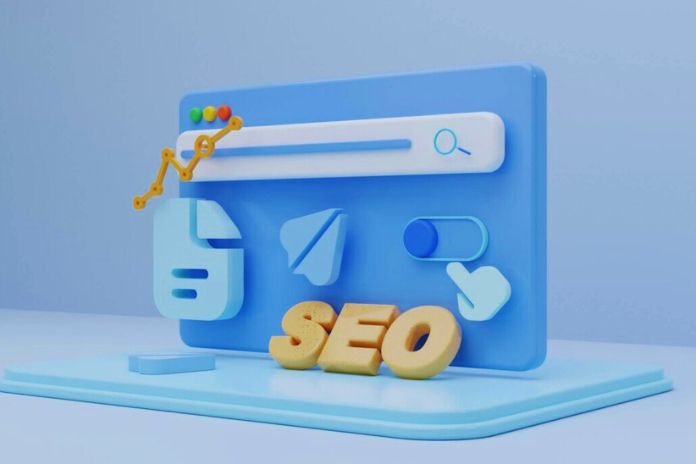
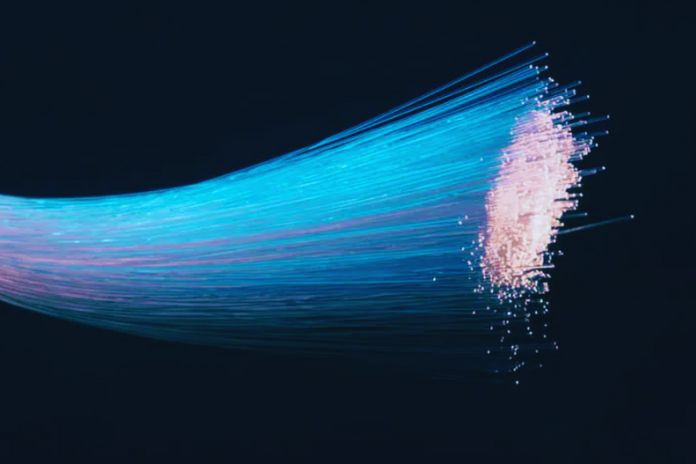


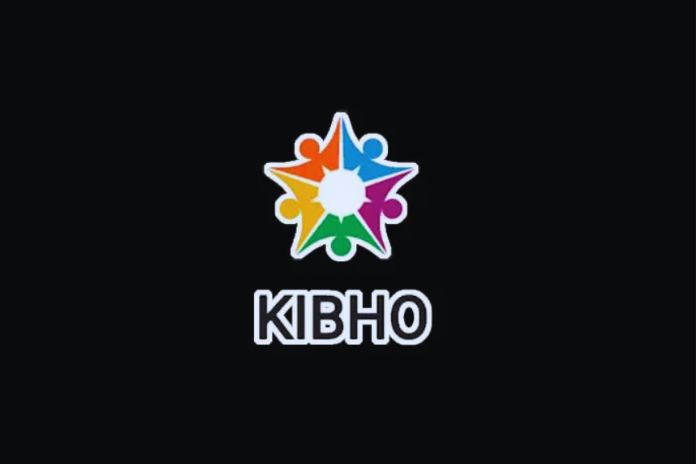
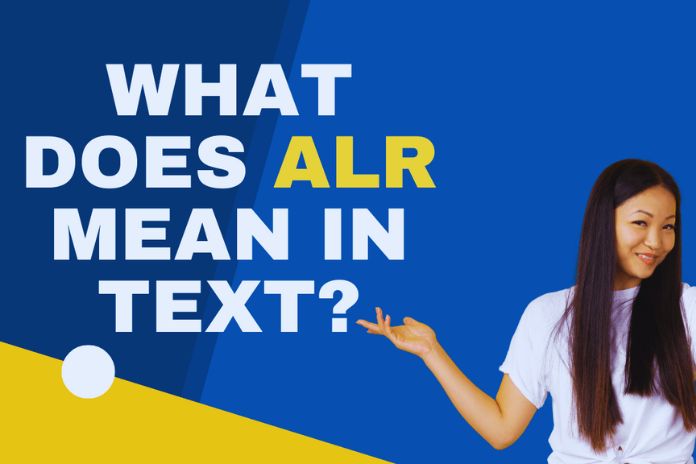
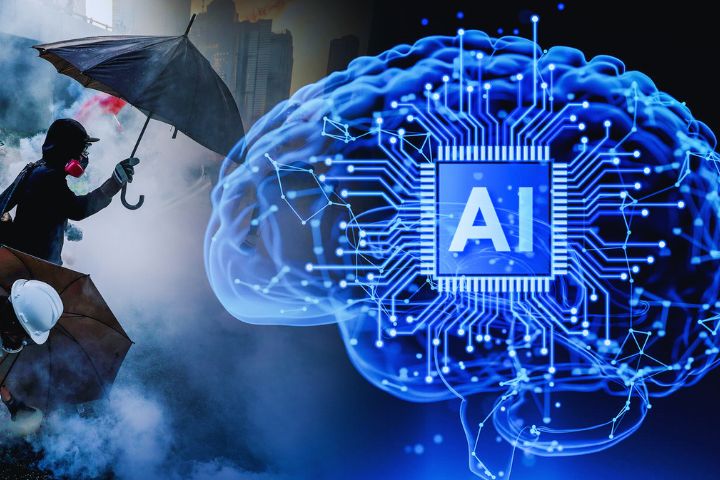
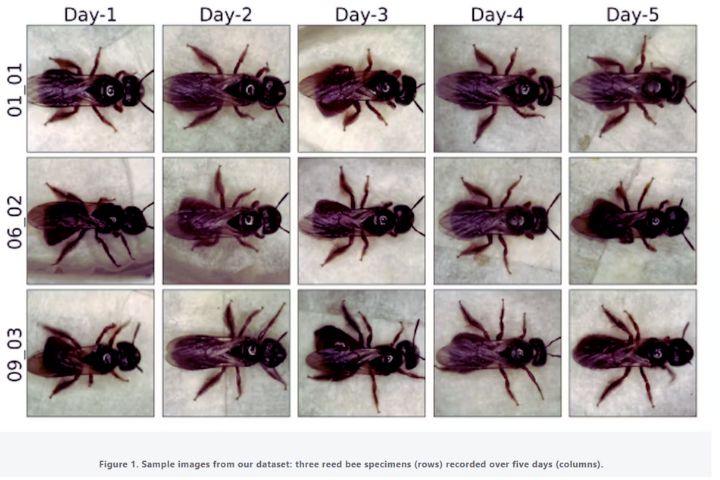

Leave a Reply